In recent years, the convergence of Artificial Intelligence (AI) and biometrics has sparked a revolution, transforming security, personal identification, and access control systems. This fusion is not just a technological upgrade; it’s a paradigm shift that is enhancing the precision, reliability, and versatility of biometric systems across various sectors. Let’s delve into how AI is reshaping the landscape of biometrics and the implications of this transformation.
Get more information about the role of artificial intelligence in biometrics.
The Basics: What is Biometrics?
Biometrics refers to the measurement and statistical analysis of people’s unique physical and behavioral characteristics. This technology is primarily used for identification and access control. Common biometric identifiers include:
- Fingerprint Recognition: Analyzing the unique patterns on an individual’s fingertips.
- Facial Recognition: Identifying individuals based on facial features.
- Iris and Retina Scanning: Using the unique patterns of the eye for identification.
- Voice Recognition: Distinguishing individuals based on voice patterns.
- Behavioral Biometrics: Analyzing unique patterns in behavior, such as typing rhythm or gait.
Understanding Biometric Technology in AI Security: A Gateway to Secure Access Control
Traditionally, access control systems relied on key cards, passwords, and PINs. However, these methods are vulnerable to breaches, often leading to unauthorized access and compromised security. In contrast, biometric technology coupled with AI security offers a more robust and secure solution by using unique physical or behavioral traits for identification. This includes fingerprints, facial recognition, iris scans, voice patterns, and behavioral patterns like typing rhythm. Many businesses are already adopting this advanced technology.
AI Security: The Role of AI in Biometric Systems
The integration of AI with biometric systems has significantly increased their sophistication and efficiency. AI algorithms can process vast amounts of biometric data in real time, enabling swift and accurate identification. Machine learning models allow these systems to adapt and improve over time, enhancing precision and reliability. Furthermore, AI-driven biometric systems can detect and prevent fraudulent attempts, ensuring a higher level of security.
Advancements in Biometric Technology to Ensure AI Security
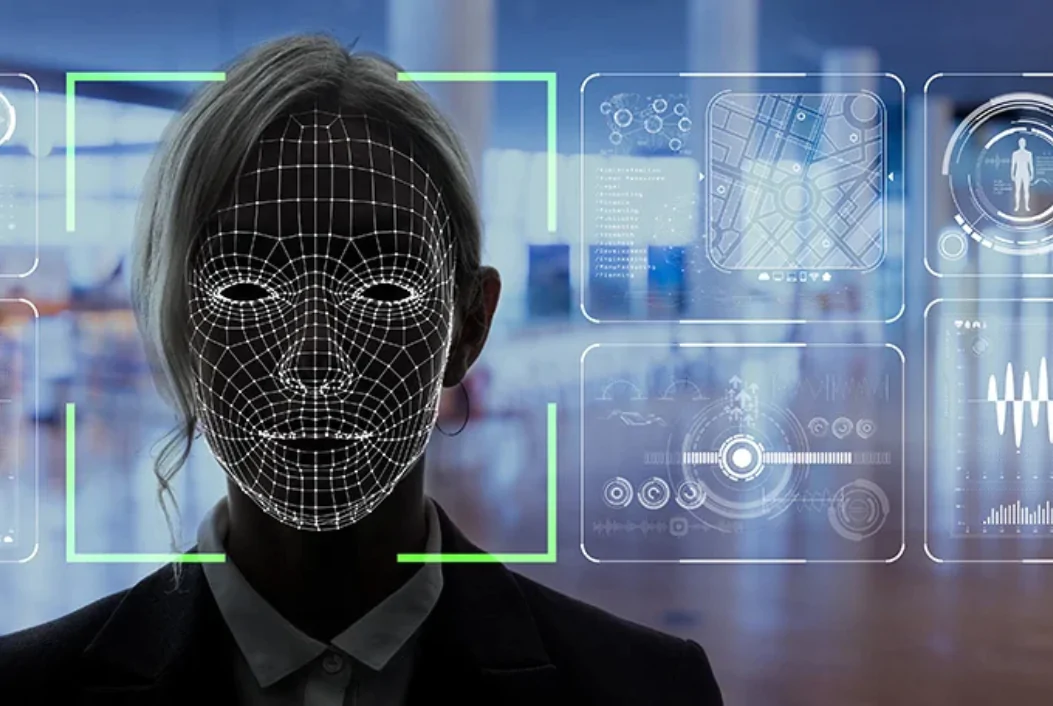
Facial Recognition: This technology analyzes unique facial features such as the distance between the eyes, nose shape, and jawline structure. Its applications go beyond unlocking smartphones; it is now a cornerstone in surveillance and security systems, aiding in the swift identification of individuals in crowded areas and supporting investigations. Facial recognition is also used in airports for passport verification, in retail for personalized customer experiences, and in healthcare for patient identification and monitoring.
Fingerprint Scanning: Thanks to advancements in AI, the accuracy of fingerprint matching algorithms has dramatically improved. This technology is widely used for access control systems, unlocking smartphones and tablets, securing financial transactions, and identifying individuals at border checkpoints. The reliability and convenience of fingerprint scanning make it ideal for ensuring secure and seamless authentication processes.
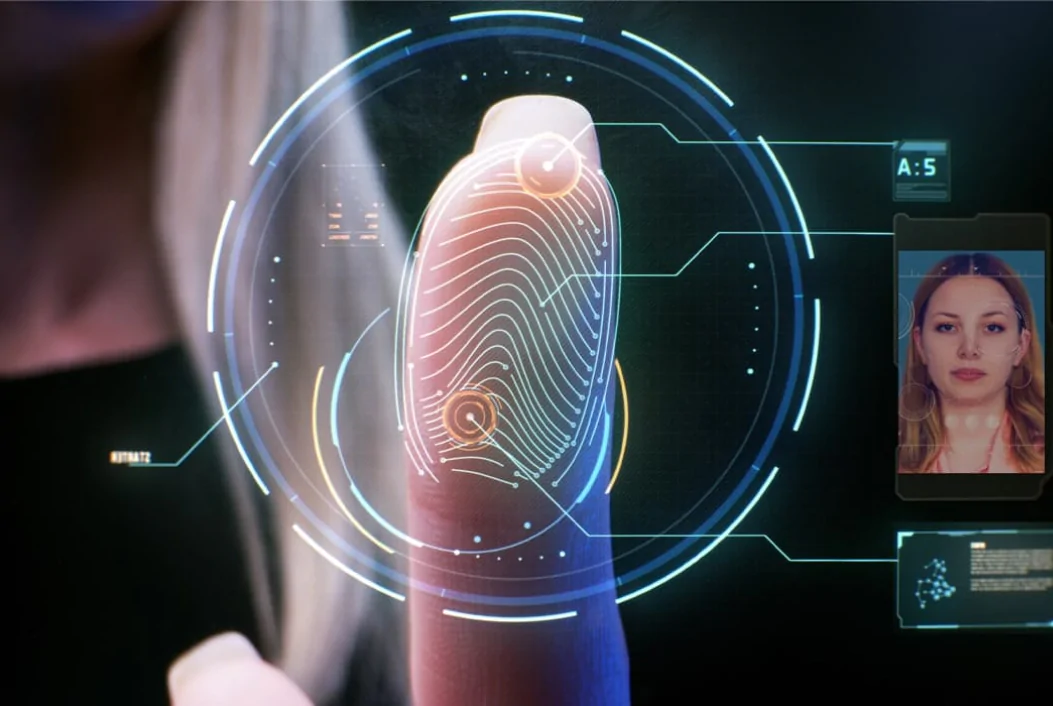
Iris and Retina Scans: These scans provide remarkable accuracy in identification and authentication. The intricate patterns of the iris and the complex network of blood vessels in the retina offer unique characteristics that are highly distinctive. AI security algorithms enable swift and efficient scans, making them optimal for high-security environments like government facilities and research laboratories. These technologies exemplify the potential of biometrics to safeguard confidential information and enhance overall security measures.
Voice Recognition: Leveraging unique voice patterns, AI-driven algorithms analyze speech characteristics such as pitch, tone, rhythm, and pronunciation quirks. This technology is particularly useful in telephone-based authentication systems, where users can speak aloud to gain access to their accounts or secure information. Voice recognition combines convenience with enhanced security, ensuring only authorized individuals can pass the verification process.
The Benefits of AI-Powered Biometric Systems
Enhanced Security: Biometric systems employing fingerprints, iris scans, and facial recognition accurately verify identities, bolstering security. AI integration further strengthens these systems by constantly learning and adapting to new patterns, making unauthorized access increasingly difficult. This technology offers organizations peace of mind, ensuring that only authorized individuals can access restricted areas or sensitive information.
Convenience: Biometric and AI security systems eliminate the need for passwords or access cards, simplifying daily routines. Whether unlocking smartphones with fingerprints or accessing secure facilities with facial recognition, these systems offer quick and seamless authentication. This convenience extends to various contexts, including banking transactions and border controls, enhancing how people interact with digital and physical environments.
Accuracy and Speed: AI security algorithms have significantly boosted the precision and speed of biometric identification systems. These technologies can process vast amounts of data quickly, enabling reliable identification. For example, facial recognition algorithms analyze unique features like the distance between the eyes or jawline shape, ensuring precise outcomes. Fingerprint recognition software uses complex pattern-matching algorithms to match fingerprints accurately against extensive databases. By combining advanced AI techniques with biometric systems, companies can streamline processes while maintaining high levels of precision and efficiency.
Outlook in Biometric Technology and AI Security
Looking ahead, the fusion of AI with biometric technology is more than just a leap forward; it is a giant stride into a more secure future. This synergy is not only enhancing our defenses but also opening doors to innovative applications across fields such as finance, healthcare, and government services, redefining what is possible.
This blend of AI and biometrics is more than a technological marvel—it heralds a future where convenience and security coexist seamlessly. With each new development, we move closer to a world where seamless access control becomes the norm. A world where safety is not just a feature but a guarantee. As these systems evolve, they are reshaping how we access spaces and redefining our expectations of security in an increasingly connected world.
The Role of AI in Advancing Biometrics
AI, particularly through machine learning (ML) and deep learning (DL), has dramatically enhanced the capabilities of biometric systems. Here’s how:
-
Accuracy and Precision: AI algorithms have significantly improved the accuracy of biometric systems. Traditional systems sometimes struggled with variations in lighting, angles, or partial obstructions, especially in facial recognition. Modern AI-driven systems, however, can adapt to these variables, offering near-perfect accuracy in many cases.
-
Speed and Efficiency: AI optimizes the processing speed of biometric data. For instance, real-time facial recognition in crowds, which once seemed unattainable, is now a reality thanks to advanced AI algorithms that can process vast amounts of data rapidly.
-
Adaptability and Learning: AI systems can learn and improve over time. This is particularly beneficial for behavioral biometrics, where patterns may change slightly over time. Machine learning models can adapt to these changes, ensuring continuous accuracy.
-
Enhanced Security: AI enhances the security of biometric systems by identifying and mitigating spoofing attempts. For example, AI can differentiate between a real face and a photograph or mask, adding an extra layer of security.
-
Scalability: AI-powered biometric systems are highly scalable. They can handle vast databases efficiently, making them suitable for large-scale applications such as national identity programs and large corporate security systems.
Learn more about 2000+ AI Tools.
Applications Across Sectors
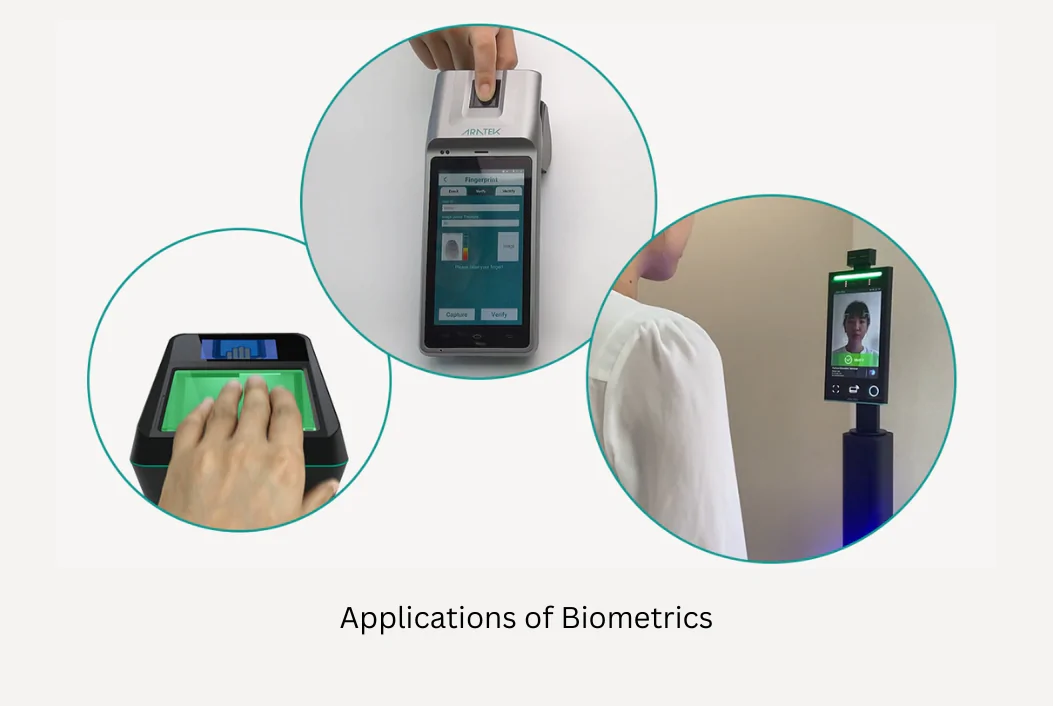
The integration of AI in biometrics is having a profound impact across various sectors:
-
Law Enforcement and Security: AI-powered facial recognition systems are being used to identify suspects and solve crimes faster. These systems can scan and match faces in real-time, even in large crowds, significantly enhancing public safety measures.
-
Healthcare: In healthcare, biometrics combined with AI can secure patient data and ensure that medical records are accessed only by authorized personnel. Additionally, AI can analyze biometric data to monitor patient health and predict potential issues.
-
Banking and Finance: Banks are leveraging AI-driven biometrics for secure and seamless customer authentication. This reduces the risk of fraud and enhances the user experience by enabling quick, secure transactions.
-
Travel and Immigration: Airports and immigration departments are using AI-powered biometric systems for quicker and more secure passenger processing. Automated e-gates using facial recognition are becoming commonplace, reducing wait times and improving security.
-
Consumer Electronics: Smartphones and other personal devices increasingly use biometric authentication methods like fingerprint and facial recognition, powered by AI, to enhance user security and convenience.
Future Prospects
The future of AI in biometrics is promising, with continuous advancements on the horizon. Some potential future developments include:
-
Multi-Modal Biometrics: Combining multiple biometric identifiers (e.g., facial recognition and voice recognition) to improve accuracy and security.
-
AI-Enhanced Behavioral Biometrics: Further refinement of behavioral biometrics, allowing systems to understand and predict user behavior with greater precision.
-
Integration with IoT: Incorporating AI-driven biometric systems into the Internet of Things (IoT) ecosystem, enabling seamless, secure interactions between devices and users.
-
Privacy-Preserving AI: Developing AI algorithms that ensure data privacy and compliance with regulations such as GDPR, addressing concerns around the misuse of biometric data.
Conclusion
The integration of AI in biometrics represents a significant leap forward, offering unparalleled accuracy, efficiency, and security. As AI technology continues to evolve, its applications in biometrics will become even more sophisticated, transforming how we secure and interact with our digital and physical worlds. This revolution is not just about enhancing security but also about creating more seamless and user-friendly experiences in our daily lives.
FAQ
Q1: What are the main benefits of integrating AI with biometric security systems?
The main benefits include enhanced security, improved accuracy, increased speed, and greater convenience. AI algorithms help biometric systems adapt and improve over time, making them more reliable and efficient.
Q2: How does facial recognition technology work?
Facial recognition technology analyzes unique facial features such as the distance between the eyes, nose shape, and jawline structure to identify individuals. Advanced AI algorithms process this data quickly and accurately, making it a reliable tool for various applications.
Q3: Are biometric security systems more secure than traditional methods?
Yes, biometric security systems are generally more secure than traditional methods like passwords and PINs. They use unique physical or behavioral traits for identification, making it difficult for unauthorized users to gain access.
Q4: What industries are benefiting the most from AI-powered biometric systems?
Industries such as law enforcement, healthcare, banking and finance, travel and immigration, and consumer electronics are benefiting significantly from AI-powered biometric systems.
Q5: What is the future outlook for AI and biometric technology?
The future looks promising, with continuous advancements expected in multi-modal biometrics, AI-enhanced behavioral biometrics, integration with IoT, and privacy-preserving AI. These developments will further enhance security and convenience across various sectors.
Q6: How do iris and retina scans work for identification?
Iris and retina scans use the unique patterns in the iris and the complex network of blood vessels in the retina to identify individuals. These features are highly distinctive, providing remarkable accuracy for high-security environments.
Q7: Can AI-driven biometric systems detect fraud?
Yes, AI-driven biometric systems can detect and prevent fraudulent attempts by analyzing and recognizing patterns that indicate unauthorized access, ensuring higher security levels.
Learn more about 2000+ AI Tools.
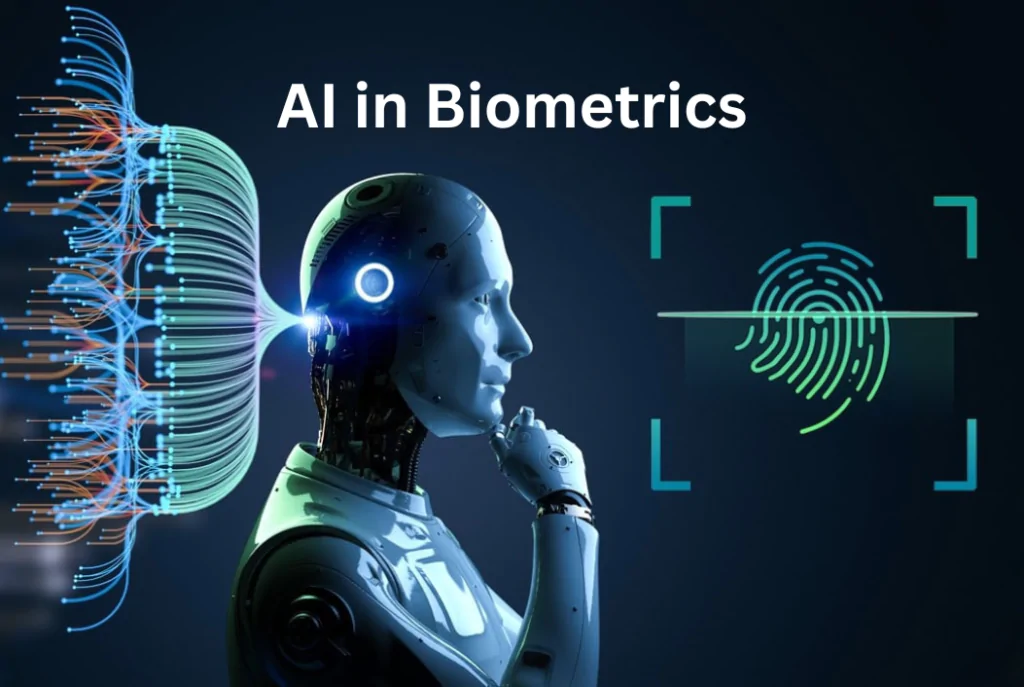

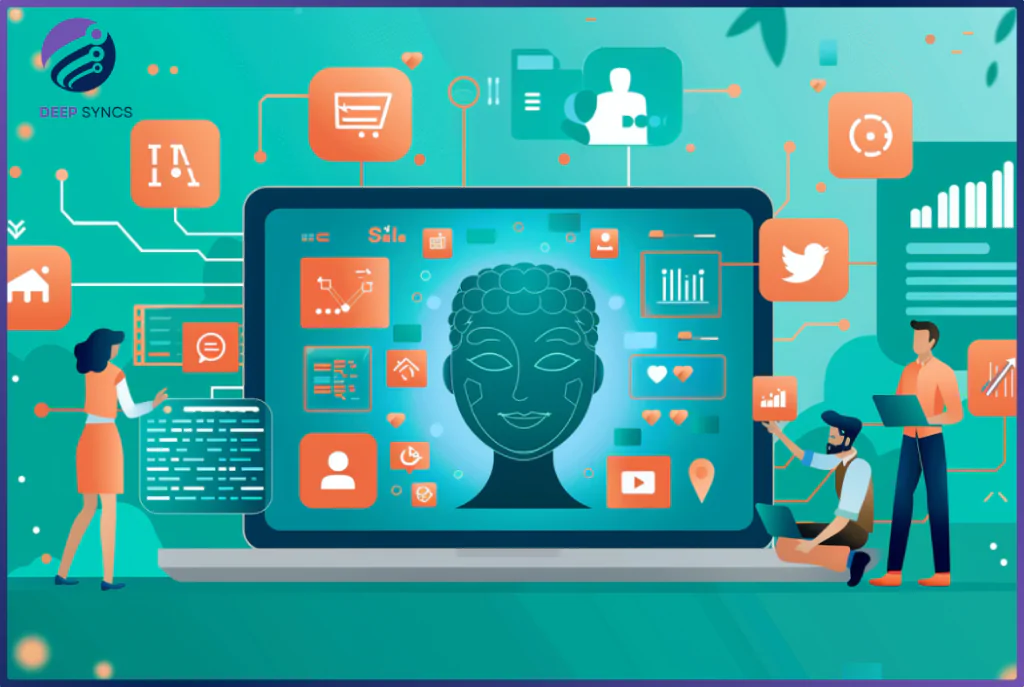
Pingback: The Future of AI: How Artificial Intelligence Will Change the World in 2024